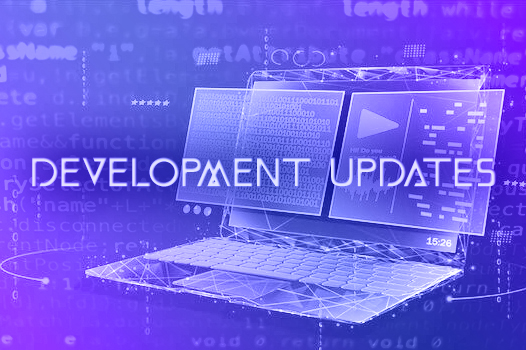Apex Dev Log: Apex Vulkan and shader updates
Apex Dev Log: Apex Vulkan and Shader Updates

Continuing from our last Dev Log: Vulkan Basics discussing our work on bringing Vulkan to Apex Engine, the migration from OpenGL to Vulkan for Apex Engine is progressing steadily, marking a crucial step in transforming the prototype into a robust real-time interactive platform.
This shift involves re-engineering the architecture to harness Vulkan’s advanced features while optimizing core components like rendering, buffers, graphics pipeline, and texture mapping. By moving to Vulkan’s low-level GPU control, the development team is achieving superior performance, multi-threaded rendering, and improved resource management.
As these key elements are solidified, Apex Engine is set to deliver enhanced graphics and efficiency, paving the way for a scalable, future-proof development environment.
Moving Away From OpenGL
While OpenGL is a robust rendering API, it carries a burden of legacy bloat that hampers its performance. In contrast, Vulkan, built from the ground up, overcomes many of the performance issues that OpenGL faces, particularly in regard to the CPU-GPU bottleneck.
This design, which executes tasks in large batches rather than one by one, results in far fewer calls between the CPU and GPU, promising immensely improved rendering speed and a bright future for Apex Engine.
Sadly, switching out an entire rendering API is no small feat. And Vulkan’s power comes with a significant increase in complexity. Therefore, the development team is focused on steadily rebuilding Apex Engine’s render engine piece by piece.
Buffers, Buffers, Buffers
We’ve already explored several of Vulkan's nifty tricks over legacy APIs. For example, utilizing command buffers massively increases the multi-threading opportunities within the render loop for maximum CPU performance. But these aren’t the only types of buffers our engineers are working with.
- Vertex and index buffers are essential for communicating 3D geometry to the graphics card for rendering.
- Frame buffers are an essential component of Apex Engine’s rendering architecture.
- Uniform buffers allow for additional data to be passed along to shader programs.
This is a partial list. But all are now up and running within Apex Engine’s Vulkan rendering engine, marking a significant milestone bringing the migration one step closer to completion.
Introducing Textures
No interactive development platform, or game engine, is complete without texture integration. These images ultimately power materials that bring games, visualization, and entire digital worlds to life. Luckily, the parsing of modern image formats isn’t API-dependent, so it’s been a relatively smooth transition.
Support for all industry-standard formats, including DirectDraw Surface (DDS), Targa (TGA), and OpenEXR (EXR), is already in place. Additional texture format support will be introduced as we finalize Apex3D, our integrated model and texture format system. This system will seamlessly incorporate PBR, animation editors, and other development tools, enhancing the overall capabilities of the platform.
Next steps
The migration to Vulkan marks a transformative phase in Apex Engine's development, with only a few key steps remaining to complete the basic core foundation. The focus now shifts to updating 3D asset classes for Vulkan compatibility and implementing depth testing, both critical for features like deferred lighting and alpha transparency.
As these final components are put in place, the benefits of Vulkan and the cross compatibility can be utilized for future development, enhancing Apex Engine's rendering capabilities and setting the stage for a new era of real-time interactive experiences. Despite the challenges of this transition, each milestone brings us closer to realizing the vision of a future-proof, high-performance platform, positioning Apex Engine at the forefront of the industry.